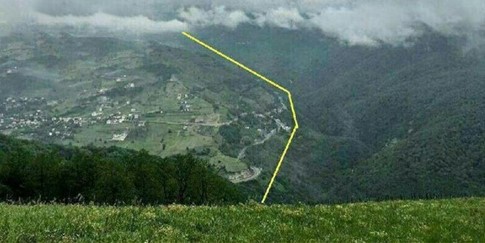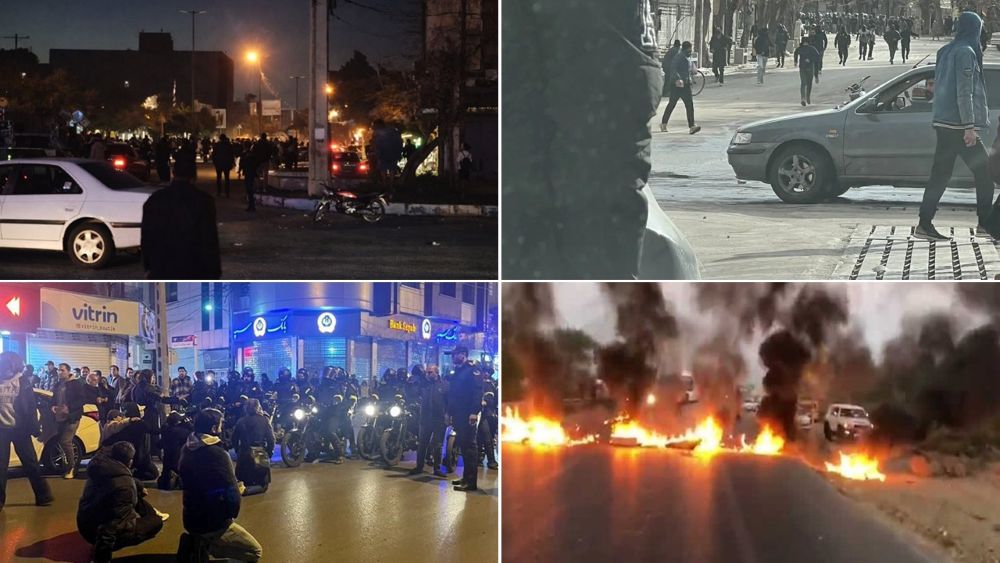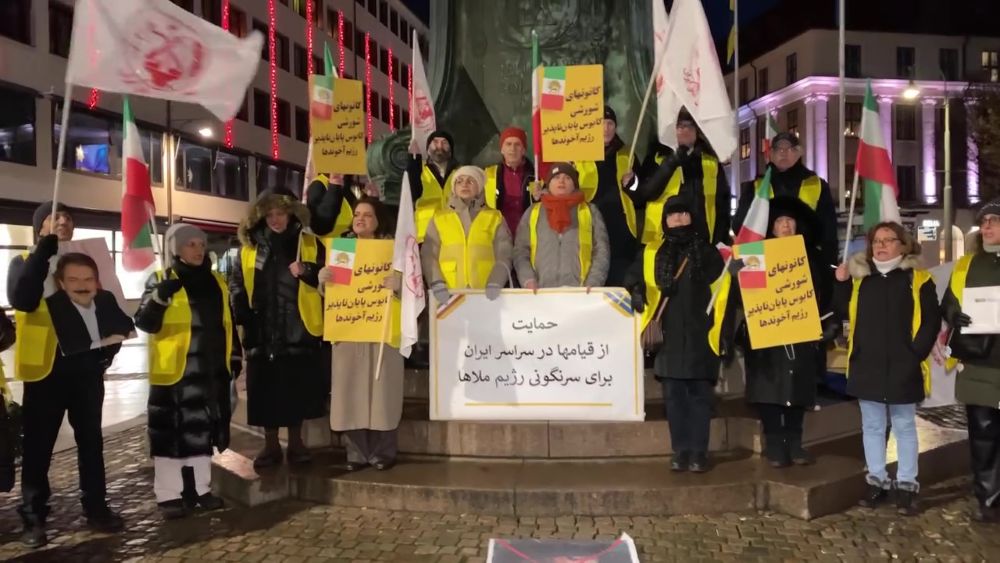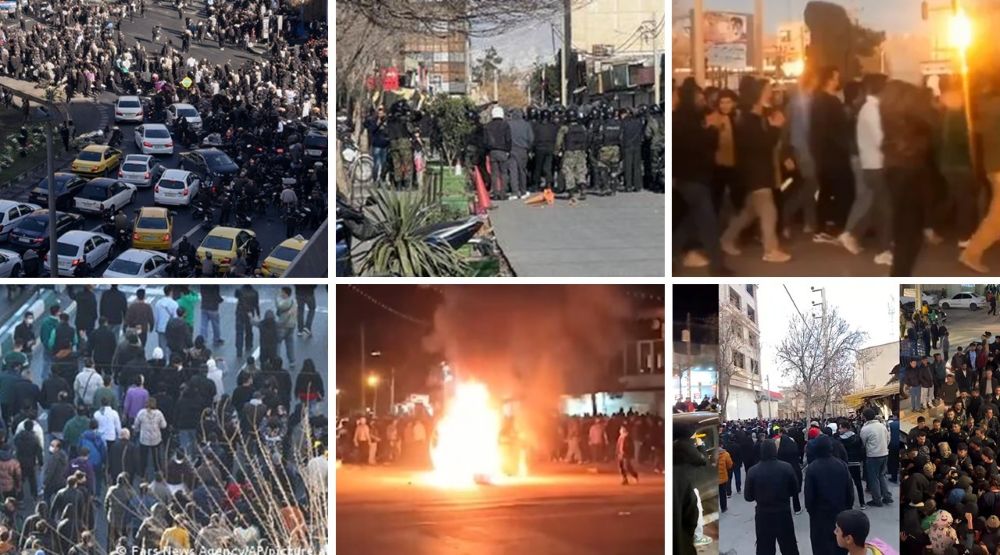Among the areas that the Revolutionary Guards (IRGC) has destroyed in the last four decades in Iran are the country’s environment, forests, and pastures. For more than four decades, the IRGC dominated the country’s national resources, environment, forests, and rangelands.
Destruction of the environment by the IRGC
Areas of environmental degradation by the IRGC are so extensive that only mentioning them takes writing of several articles. In this article, we will briefly discuss some of them.
•The environmental pollution rate of the Persian Gulf is 47 times more than the high seas: On August 31, 2008, the state-run newspaper Hamshahri announced that the waters of the Persian Gulf are 47 times more polluted than the open waters of the world. This tragedy caused by IRGC military barracks, excessive military maneuvers in these areas, and the dumping of chemical waste in the Persian Gulf.
• Construction of the garrison and headquarters of the Navy Command of the Revolutionary Guards in Sorkheh Hesar National Park and its wildlife sanctuary.
• Construction of a road by the IRGC in the wetland of Bojagh National Park in Gilan province. And the destruction of this wetland environment.
Destruction of forests by the IRGC
Iran’s forests are another of Iran’s natural resources the IRGC has plundered and destroyed. In 1962, Iran’s forests and rangelands declared national, and nearly 120 million hectares of the country’s forests and rangelands transferred to the government for national exploitation. But when mullahs came to power and shortly after the IRGC dominated the country’s resources, the process of deforestation began.
According to the General Inspection Organization, 70% of the forests in Golestan province in northern Iran owned by influential institutions in the Mullahs’ regime. For instance, the 25th Karbala Division One of the IRGC units took over 13,000 hectares of forests in the area and destroyed them by cutting down trees.
In another example, to build the Shafarood Dam in Gilan province, the IRGC destroyed 93 hectares of the country’s best Hyrcanian forests.
To pursue this destruction, the IRGC had pressured the country’s forest organization to agree to this. It is important to note that this dam was built on the Shalem-Astara earthquake fault, which is in great danger of being destroyed by the earthquake.
Some other actions of the IRGC in destroying forests
• Construction of a town for members of the Revolutionary Guards on 500 hectares of land in Lavasan, now known as Mahallati Town.
• Deliberate burning of forests by the IRGC in the country’s western regions under the pretext of “security threat capability” by the opposition or as a result of IRGC military operations such as the fires in the Marivan and Paveh forests in 2010.
• Destruction of nearly 100,000 hectares of Zagros forests by the IRGC and other military institutions of the Mullah’s regime and constructing villas, barracks, corporate houses, and ammunition dumps in it.
• Occupation of 10 hectares of Naharkhoran Forests in Gorgan to build a particular complex for the IRGC in 2012. Despite the construction ban in this forest and at the expense of the provincial budget, the IRGC build its complex.
• Construction of a museum by the IRGC with the destruction of the Tahlijan forest in Shahrekord.
• Cutting more than 13,500 old oak trees in the “Dena” protected area in Kohgiluyeh and Boyer-Ahmad, by the IRGC’s Khatam al-Anbia Construction Headquarters to build a gas pipeline from Assaluyeh to the north and northwest of the country.
Examining the image of Iran’s border areas and the Republic of Azerbaijan in terms of deforestation, with a simple comparison of the rate of deforestation inside Iran compared to the opposite point in Azerbaijan, is quite a visible photo below.

Destruction of rangelands by the IRGC
In addition to forests, the destruction of rangelands is also part of the IRGC’s extermination policy in Iran, which is limited due to its large number.
• Drying of vegetation in Turani and Sahara Sandi areas next to Hur al-Azim lagoon in Khuzestan for the IRGC oil projects, regardless of its environmental consequences, has caused soil storms and dust in recent years in the southwest of the country. This crime has caused many casualties among locals.
• Holding military maneuvers in pastures and subsequent fires, such as Paveh city in 2012, led to the destruction of 50 hectares of rangelands.
• Occupation of environmentally protected areas by the Revolutionary Guards, such as the Kuhsalan Protected Area in Kurdistan.
• Burial of nuclear waste in the foothills of Ardabil, Sahand and Sabalan areas and the Caspian Sea area is another clear example of the destruction of the country’s pastures by the IRGC.
Land degradation and soil erosion
Destruction of forests and rangelands has a direct effect on land degradation and soil erosion. In this regard, Iran is one of the world’s worst countries under the rule of the mullahs’ regime. In 2011, Ismail Kahram, one of Iran’s environmental activists, stated that in 2011 Iran was the world’s top country with soil erosion.
All the while, the Iranian people protested the IRGC’s destructive policies in the environment, forests, and pastures. But the Revolutionary Guards have not hesitated to advance their goals by killing, arresting, repressing, and imprisoning environmental activists and foresters.
For example, Dr. Kavous Seyed Emami, an environmental activist who opposed the IRGC’s destructive policies in the field of the country’s environment, assassinated in February 2018 in Evin Prison by IRGC intelligence. But the mullahs’ regime declared his cause of death as suicide.



